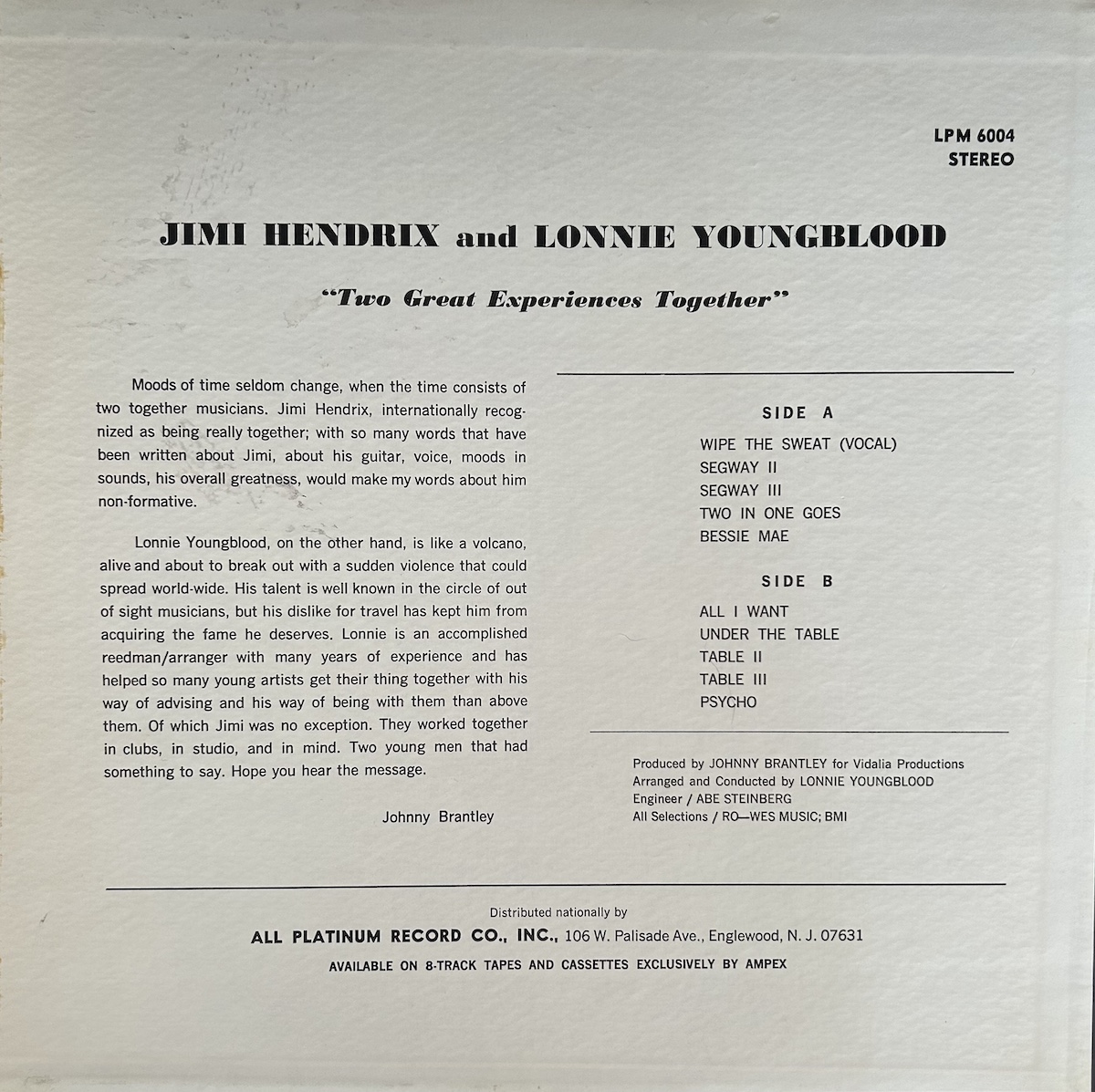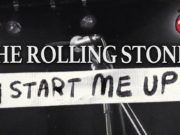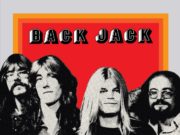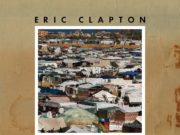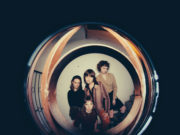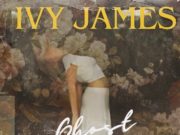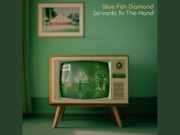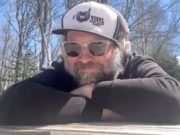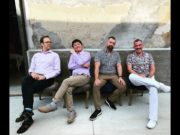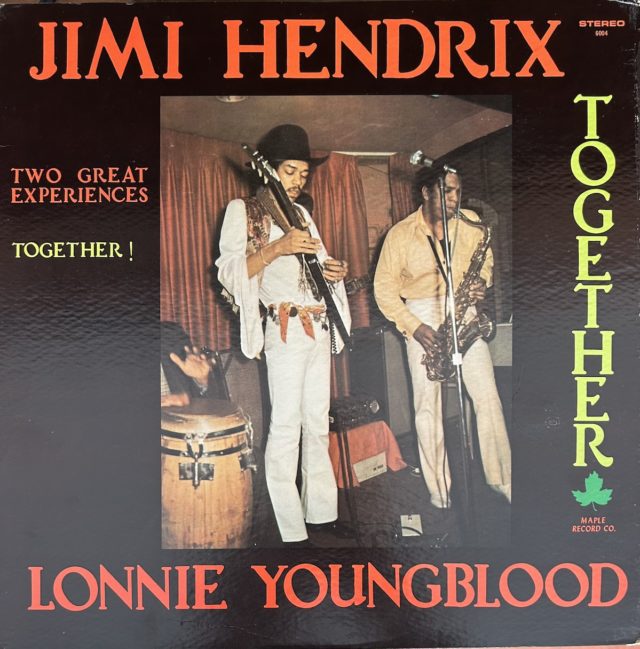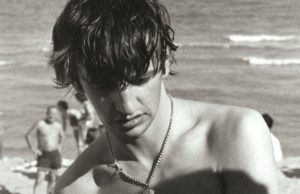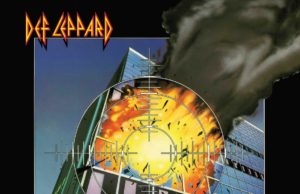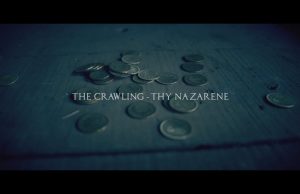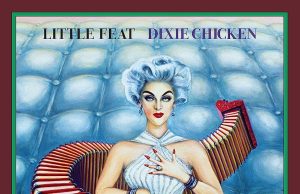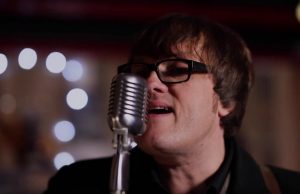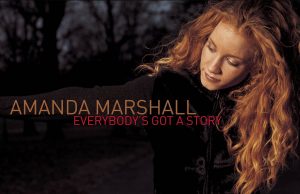 I love feeding-frenzy records. These are the ones which come out after someone has become a star — usually involving their early studio works or unofficial material — and put out to capitalize on the public interest. The records are cheap-looking, often cheap-sounding — but almost always fascinating and sometimes awesome. They also, sometimes, can be rare and worth quite a bit of money, particularly if they spawned a cease-and-desist order.
I love feeding-frenzy records. These are the ones which come out after someone has become a star — usually involving their early studio works or unofficial material — and put out to capitalize on the public interest. The records are cheap-looking, often cheap-sounding — but almost always fascinating and sometimes awesome. They also, sometimes, can be rare and worth quite a bit of money, particularly if they spawned a cease-and-desist order.
One classic example is John Lennon Sings The Great Rock & Roll Hits, which was an as-seen-on-TV album of new material. In mid-October 1973, Lennon, producer Phil Spector and dozens of uncredited musicians (including Steve Cropper, Jesse Ed Davis, José Feliciano, Jim Gordon, Nicky Hopkins, Jim Keltner, Bobby Keys, Harry Nilsson, Dr. John, Leon Russell, Klaus Voorman and Charlie Watts) gathered in two L.A. recording studios to begin putting down what would eventually become Lennon’s Rock ‘N’ Roll album two years later. He did eight tracks and then Spector got weird and made off with the tapes. Lennon revisited the project 1974 and recorded a bunch more oldies in the fall of that year, after determining only four of the Spector session tracks were any good.
The material was being recorded partially so Lennon could settle a lawsuit by Morris Levy, the publisher of Chuck Berry’s You Can’t Catch Me. A court decided Lennon had ripped off the song when he recorded Come Together for Abbey Road in 1969. Lennon agreed to record several other songs owned by Levy, who was president of Roulette Records and Big Seven Music Corp.
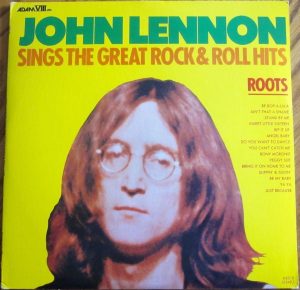 But Lennon wanted to put out the Walls & Bridges album first, and it only had one Big Seven song on it — Ya Ya. So Levy convinced John to give him a rough mix of the oldies album material, which Lennon did, in the form of a reel-to-reel stereo dub. Levy wasted no time in putting it on wax and selling it on TV via his Adam VIII discount label. Capitol/EMI freaked out and rush-released Rock ‘N’ Roll with its proper mixes and superior sleeve artwork (the Levy album had a fuzzy photo of Lennon from the Let It Be sessions). The whole ridiculous affair went back to court and ended with Levy being forced to withdraw the album from the market, and being ordered to pay damages to both EMI and Lennon.
But Lennon wanted to put out the Walls & Bridges album first, and it only had one Big Seven song on it — Ya Ya. So Levy convinced John to give him a rough mix of the oldies album material, which Lennon did, in the form of a reel-to-reel stereo dub. Levy wasted no time in putting it on wax and selling it on TV via his Adam VIII discount label. Capitol/EMI freaked out and rush-released Rock ‘N’ Roll with its proper mixes and superior sleeve artwork (the Levy album had a fuzzy photo of Lennon from the Let It Be sessions). The whole ridiculous affair went back to court and ended with Levy being forced to withdraw the album from the market, and being ordered to pay damages to both EMI and Lennon.
I had a legit copy of the Levy album (be careful — there are mountains of fakes) which I found on Etsy, and sold it for hundreds. It sounds terrible. I also have a copy of Jimmy Page: Special Early Works, which is just a ’60s session he did backing Sonny Boy Williamson II. It’s a Sonny Boy album. I reviewed it HERE.
But just this week I started down another before-they-were-famous album rabbit hole: Jimi Hendrix. I already have one dubious Hendrix record: Woke Up This Morning And Found Myself Dead, which comes from a 1968 two-track recording Hendrix made of himself jamming with a piss-drunk, hollering Jim Morrison at The Scene nightclub in New York. Hendrix loved recording his jams and kept the tapes at home. After he died — and even before — folks with access to Jimi’s place stole tapes. This one first showed up in 1972. The copy I have is from 1980 and falsely claims Johnny Winter is also on it.
My latest acquisition is a record called Jimi Hendrix / Lonnie Youngblood Together — Two Great Experiences Together! The sleeve shows an image of the two men — Hendrix and sax player Youngblood jamming on stage in 1969. But this is not at all the era in which the recordings were made. To figure this out, I had to consult the good folks at EarlyHendrix.com.
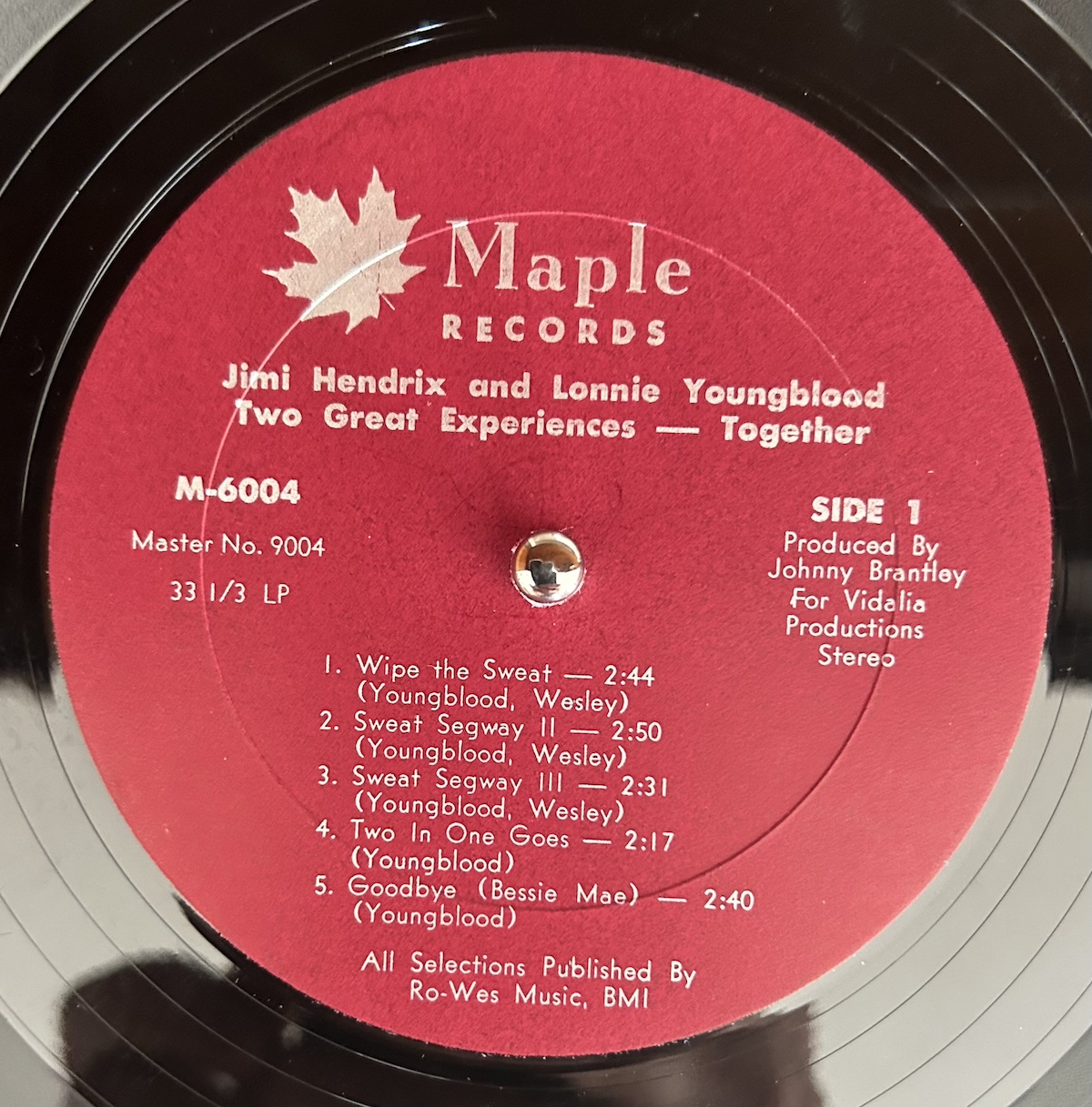
For starters, there are several versions, variations and pressings of this album — some don’t even have Hendrix on all the tracks, and some have unknown fake Hendrixes on it. The one I have is the original 1971 pressing on Maple Records. Johnny Brantley produced the album, which is made up of tracks previously credited to Lonnie Youngblood, The Icemen, Billy LaMont, Lenny Howard, George Scott and Jimmy Norman. Any vocals by other artists were removed, and in some cases padded out with extra sax or new vocal overdubs.
As this is an early release, it is believed this was a test to see if anyone got mad, or litigious. Hendrix had only been dead less than a year. It’s the record that launched a thousand rips. Pretty soon the market was flooded with dubious Hendrix records — including several increasingly less-authentic versions of this one. It seems opportunists started overdubbing stuff from different sessions, even some recorded after Hendrix’s death. There are several recordings with guitar parts designed to sound like Hendrix, but are done by mystery session players. A 1980 lawsuit finally put a stop to this for the most part.
So what the heck is this album I bought, anyway? The first track is called Wipe The Sweat (vocal). The 1966 backing track of this song was used in three different versions of it, as well as being used as the backing track for two entirely different songs — Sweet Thang and Keep The Faith, Baby. The backing track was probably intended to be just an instrumental. The version on this record is one with Hendrix on lead guitar, Youngblood on horns and some unknown 1970 rhythm guitar overdubs and additional Youngblood vocal overdubs.
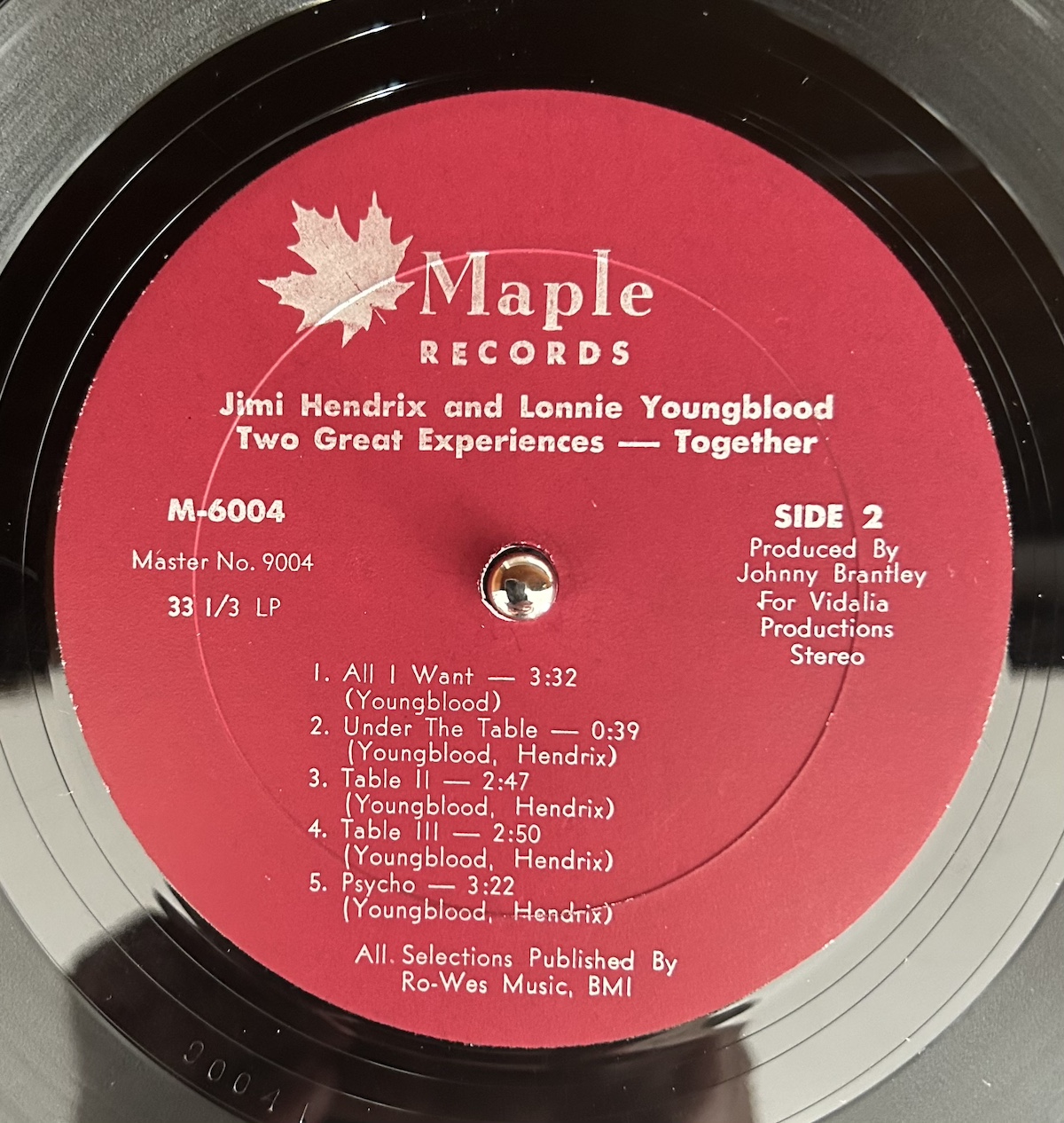
There are two additional Wipe The Sweat “Segways” after this, before we get a track called Two In One Go. This song dates back to early 1966 as well, originally called You’re Only Hurting Yourself. It was written by Jimmy Norman and features Hendrix on guitar. For this album, two additional sax overdubs were done in 1970.
Next up is Bessie Mae or Goodbye (Bessie Mae) depending on if you’re reading the sleeve or the label. The song is actually a real Youngblood track called Goodbye, Bessie Mae. It’s believed to have been recorded in March 1966 featuring Youngblood on vocals and horns, Hendrix on guitar, Napoleon Anderson on bass and unknown players on piano, drums, tambourine and backing vocals. This was the B-side of a Youngblood 7″ called Soul Food (That’s What I Like), which also featured Hendrix, issued as a single in 1967.
Side 2 begins with All I Want, or at least that’s what the sleeve and label says, but what it is instead is a version of Soul Food (That’s What I Like). It’s the same track as the one released as a single in 1967, but with a new vocal overdub. The mix is awful.
Under The Table is next — a song actually written by Hendrix. It was recorded in early ’66 with Richard Poindexter on organ, Hendrix on guitar and Youngblood on horns. The version on my pressing is shorter than on some later pressings due to additional overdubs being added — some meant to simulate Jimi, others with additional tambourine and additional sax and different versions mixed for mono or stereo. This track appears to be a straight dub of an active mixing session, a work in progress. Many believe that back in 1966, Hendrix was considering making a career of guitar instrumentals like this. There are two variations of Under The Table on my pressing as well. They come immediately after, before the album wraps with a track called Psycho.
This song is actually the backing track of one Hendrix played on in early 1966 called (I Wonder) What It Takes. It was written by Gino Armstrong, James Stokes, Robert Poindexter and prepared for The Icemen, as the B-side of their single She’s A Fox.
You can tell there’s been post-mortem “Hendrix” guitar overdubs added to the original backing track in order to create the track Psycho. Still, it’s all fascinating. Capitalism, opportunism and archival tape.
“Go ahead on Mr. Businessman,
You can’t dress like me
Sing on brother, play on drummer.”
• • •
Area Resident is an Ottawa-based journalist, recording artist, music collector and re-seller. Hear (and buy) his music on Bandcamp, email him HERE, follow him on Instagram and check him out on Discogs.
